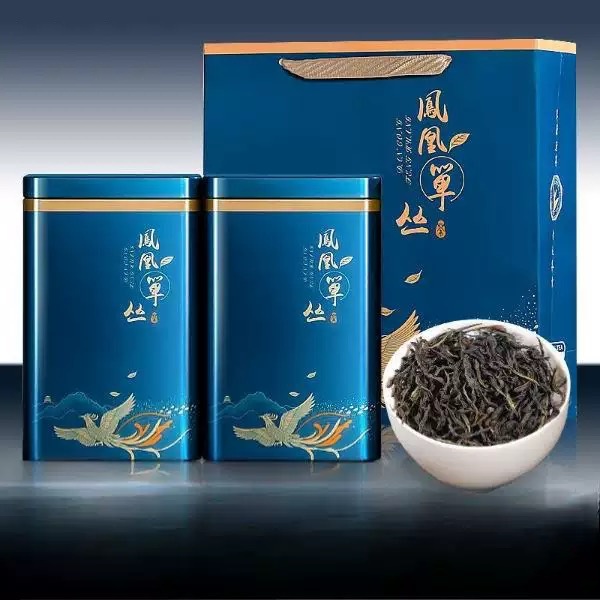
html
The Art of Oolong Tea Tasting: A Journey Through Flavor and Aroma
Oolong tea, with its rich history and complex flavors, offers a unique tasting experience that bridges the gap between green and black teas. Whether you’re a seasoned tea connoisseur or a curious beginner, exploring the art of oolong tea tasting can be a delightful journey through flavor and aroma.
Understanding Oolong Tea
Oolong tea is a partially oxidized tea, which means it undergoes a controlled oxidation process that gives it a distinctive character. The level of oxidation can range from 10% to 85%, resulting in a wide spectrum of flavors, from light and floral to dark and robust. This versatility makes oolong tea one of the most fascinating categories of tea to explore.
The Oolong Tea Tasting Process
Tasting oolong tea is an art that engages all the senses. Here’s a step-by-step guide to help you appreciate its nuances:
1. Observe the Leaves
Before brewing, take a moment to examine the dry tea leaves. High-quality oolong leaves are often tightly rolled or twisted, and their color can hint at the level of oxidation. Lighter oolongs tend to be greenish, while darker ones may have a reddish-brown hue.
2. Inhale the Aroma
Gently smell the dry leaves to detect their initial fragrance. After brewing, the aroma will evolve, offering notes of flowers, fruit, honey, or even roasted nuts, depending on the variety.
3. Brew with Care
Use freshly boiled water, cooled slightly for lighter oolongs (around 185°F) and hotter for darker varieties (up to 205°F). Steep the leaves for 1-3 minutes, depending on your preference. Oolong tea can often be steeped multiple times, with each infusion revealing new layers of flavor.
4. Savor the Flavor
Take small sips and let the tea linger on your palate. Notice the balance of sweetness, bitterness, and astringency. Lighter oolongs may taste floral or creamy, while darker ones can be toasty or mineral-rich.
5. Appreciate the Aftertaste
A hallmark of great oolong tea is its lingering aftertaste, known as “hui gan.” This sweet, often cooling sensation can last long after you’ve finished your cup.
Popular Oolong Varieties to Explore
Here are some renowned oolong teas to include in your tasting journey:
- Taiwanese High Mountain Oolong – Grown at high elevations, these teas are lightly oxidized with a fresh, floral character.
- Tie Guan Yin (Iron Goddess of Mercy) – A classic Chinese oolong with orchid-like aromas and a smooth texture.
- Da Hong Pao (Big Red Robe) – A heavily roasted oolong with deep, mineral flavors and a long-lasting aftertaste.
- Oriental Beauty – A unique Taiwanese oolong with natural honey notes, created by insect-bitten leaves.
Keyword: Oolong Tea Tasting
Tips for Enhancing Your Oolong Tea Experience
To fully appreciate oolong tea:
- Use a small teapot or gaiwan to allow the leaves to unfurl properly.
- Pay attention to water